The smell of burning rice fields is now replaced by the scent of mushrooms and the pungent smell of rotting straw, adding nutrients to the garden and rice fields. These small changes create a not insignificant source of income from the golden straw…
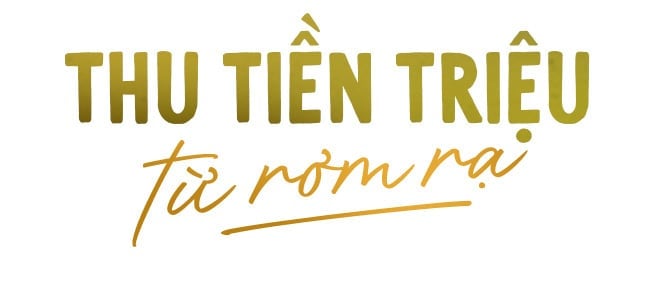
That is the story of utilizing raw materials from straw of farmers in An Giang province. Instead of burning fields after each crop, farmers here have found many ways to utilize straw effectively, helping to increase income.
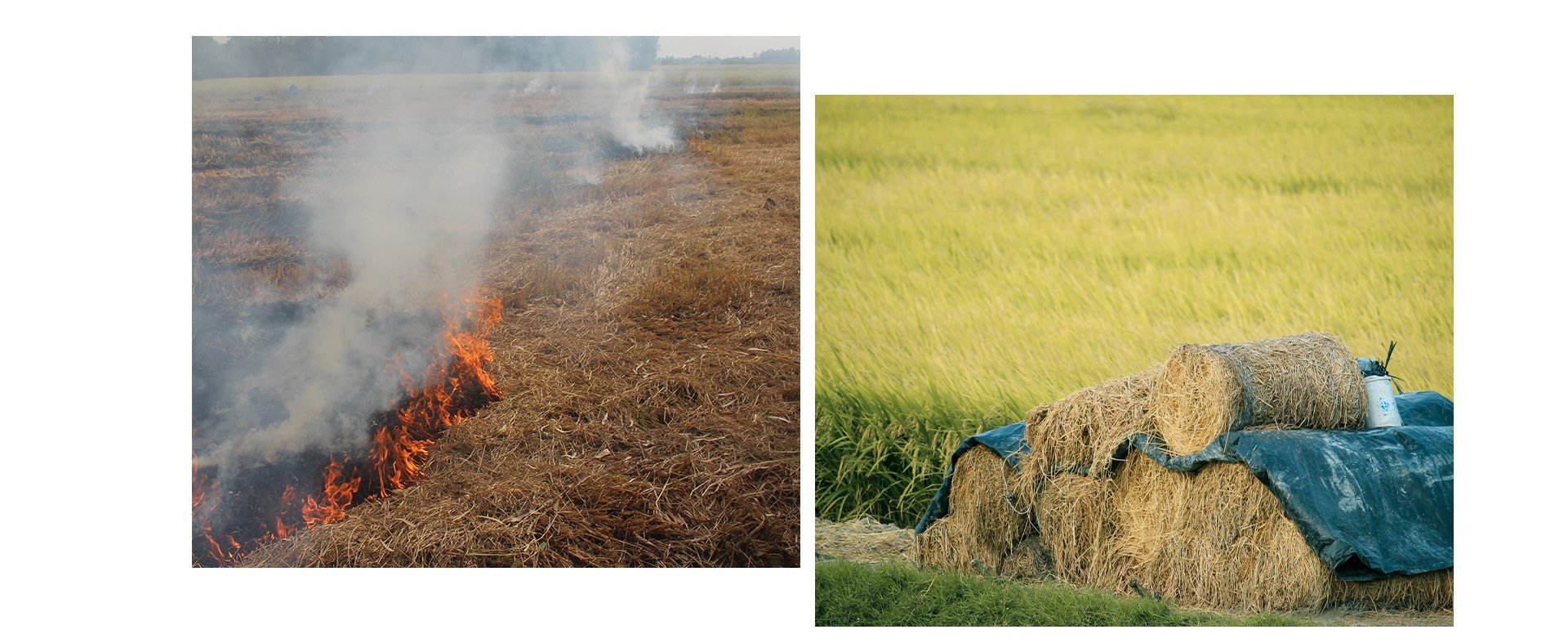
After attending an agricultural extension class of a local cooperative, Mr. Nguyen Thanh Ha, Chau Thanh district, An Giang province, grew straw mushrooms in a greenhouse for the first time, using discarded straw as raw material.
With 400 million VND from the province's support and the remaining half from personal capital, Mr. Ha invested in building 8 mushroom greenhouses, each 24 square meters wide; along with investing in iron, rubber, foam and other necessary materials.
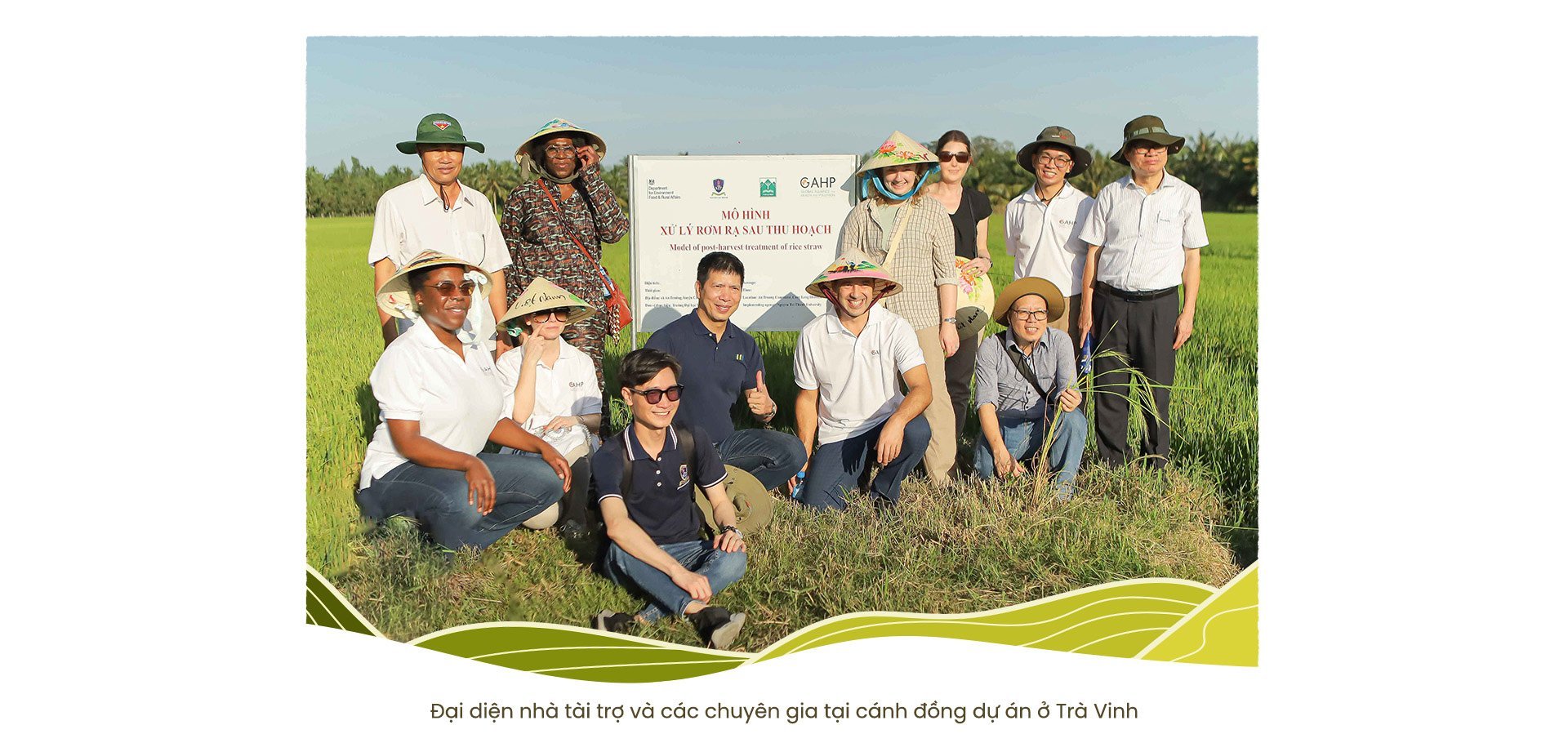
After 2 years, Mr. Ha has started harvesting. Specifically, each month he collects about 70kg of straw mushrooms, priced at 100,000 VND/kg, equivalent to each greenhouse bringing in a profit of about 3 million VND.
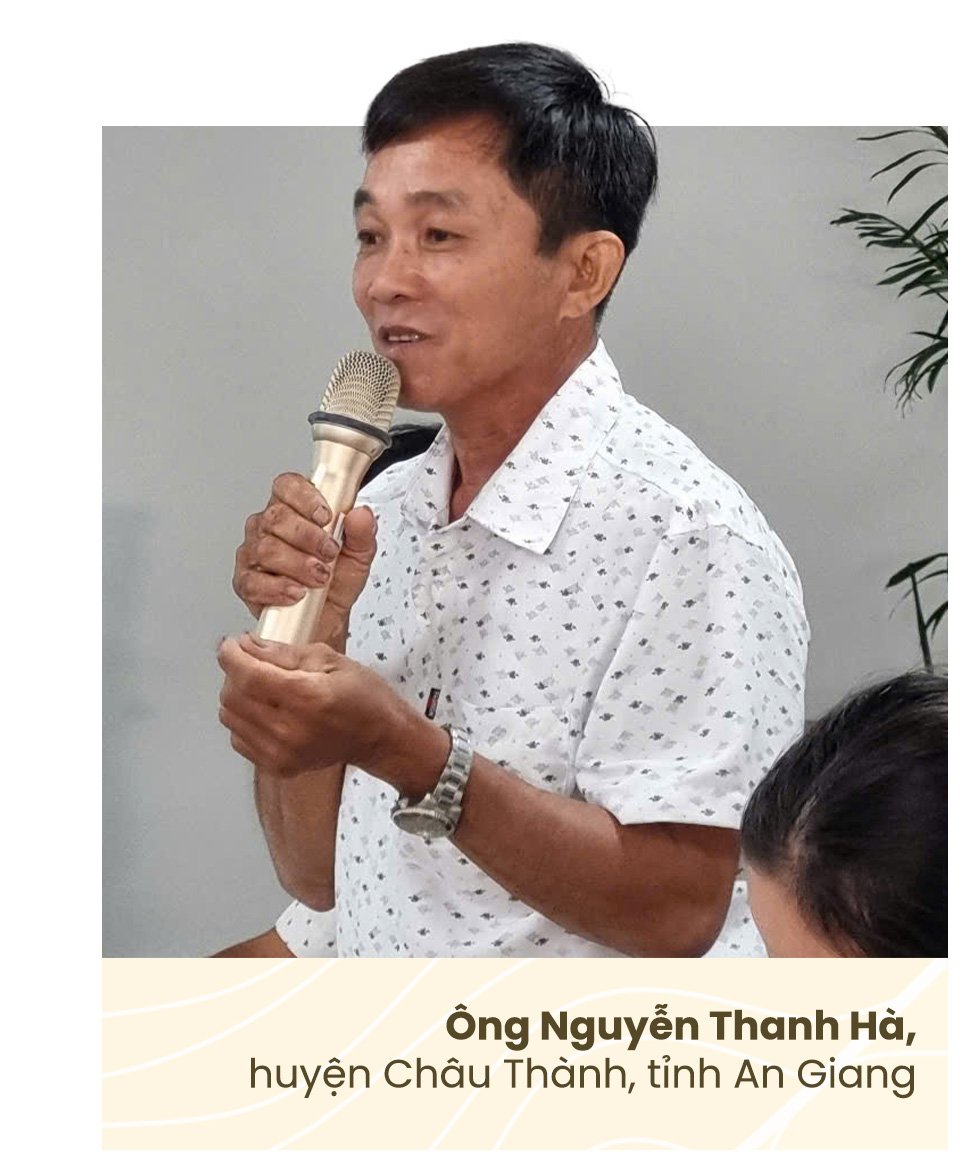
“Thus, the monthly income from the entire system is about 24 million VND. When the product was introduced to the market, it was very difficult at first, but thanks to the delicious and clean quality of the mushrooms, more and more people are looking to buy them. Currently, I not only supply to the markets but also have a stable order source,” Mr. Ha informed.
Not only stopping at creating mushrooms from straw, Mr. Ha also developed a circular production model. Rotten straw and waste from mushroom growing are used to raise earthworms, to get organic fertilizer for vegetables such as cabbage, eggplant and other crops.
The story of Mr. Ha, a farmer in An Giang province, is not the only case of utilizing agricultural waste, but there are many "Mr. Ha" across Vietnam, when the trend is to turn by-products into "main products" for input in production.
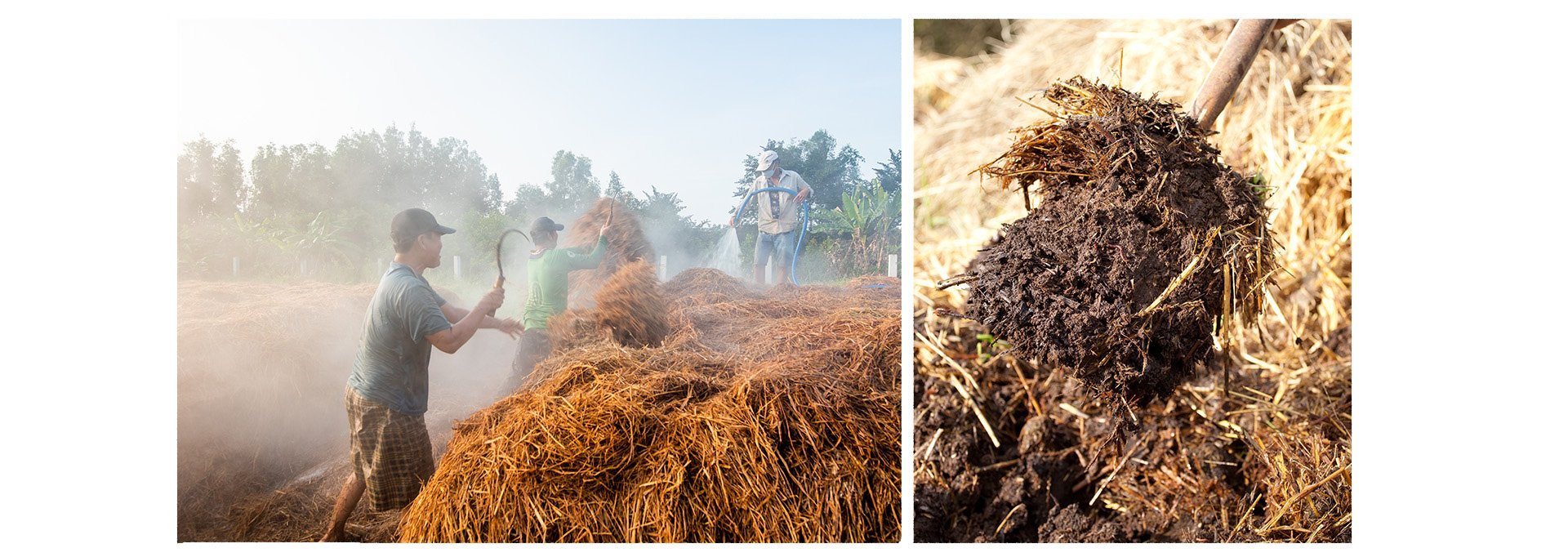
The initial “sweet fruits” of changing awareness to reduce post-harvest straw burning by Mr. Ha and thousands of farmers in An Giang, Tra Vinh, Dong Nai, Ninh Binh, Thanh Hoa… were partly contributed by scientists and partners who jointly implemented the project “Assessing the current situation and proposing solutions to minimize the impact of agricultural chemicals and open burning on climate change and biodiversity in Vietnam”.
The project is designed and implemented from 2022 to 2025 through a collaborative effort between the Global Alliance on Health and Pollution (GAHP) and stakeholders and is funded by the UK Department for Environment, Food and Rural Affairs (DEFRA).
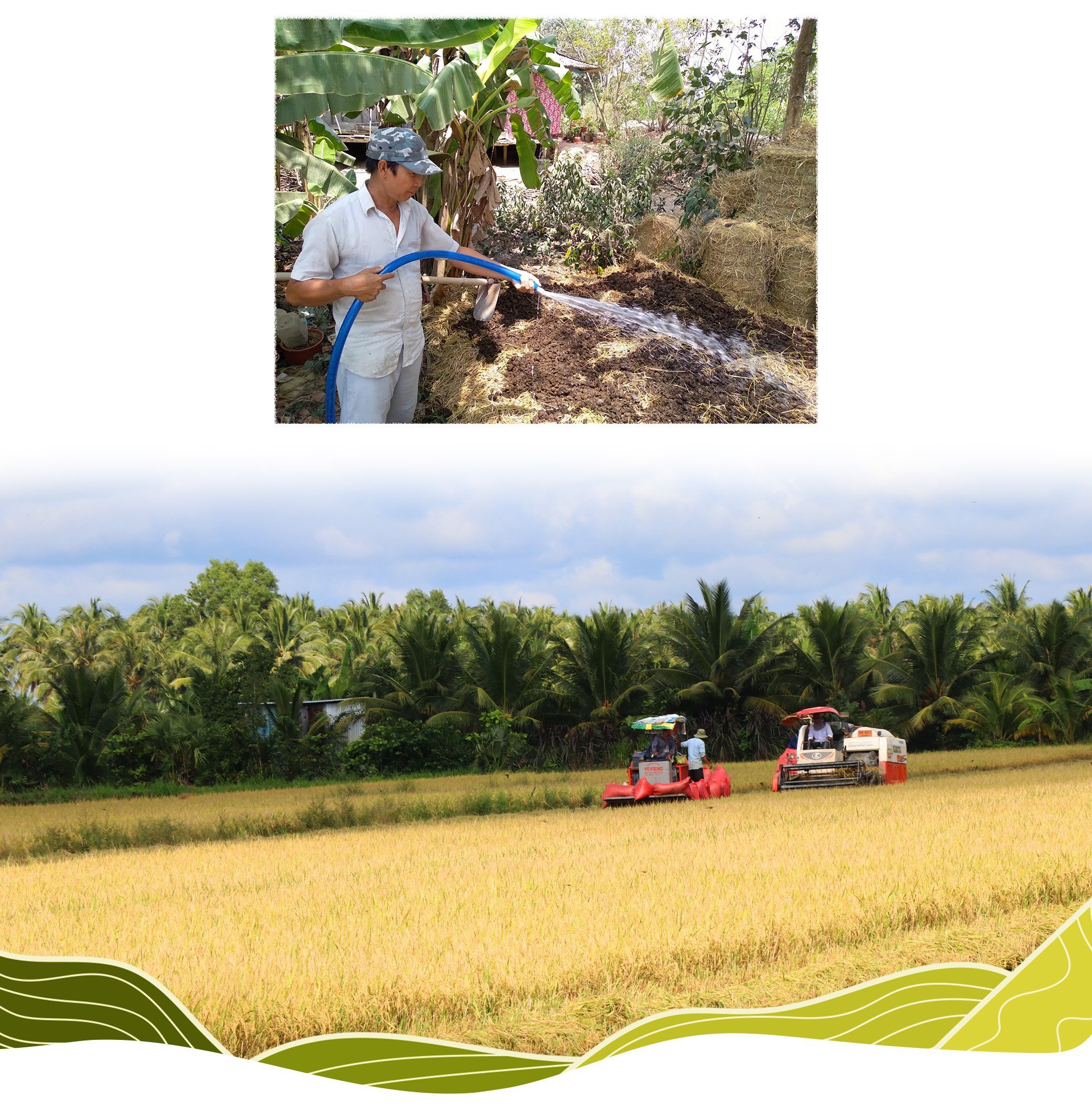
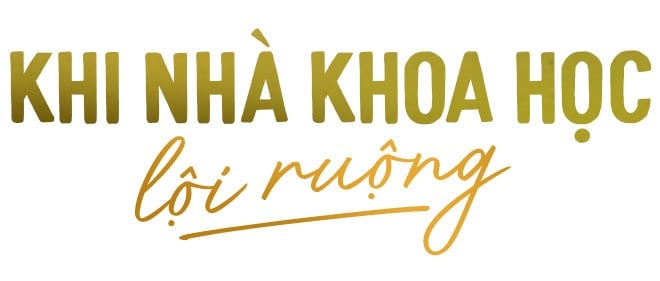
As someone who worked directly with farmers when implementing the above project, Associate Professor Dr. Dinh Van Phuc, Institute of Interdisciplinary Social Sciences, Nguyen Tat Thanh University, said that the models of using microbial products to treat straw showed that the use of microbial products in agriculture not only helps improve the soil by decomposing organic matter but also has a positive impact on the development of aerobic microorganisms in the soil.
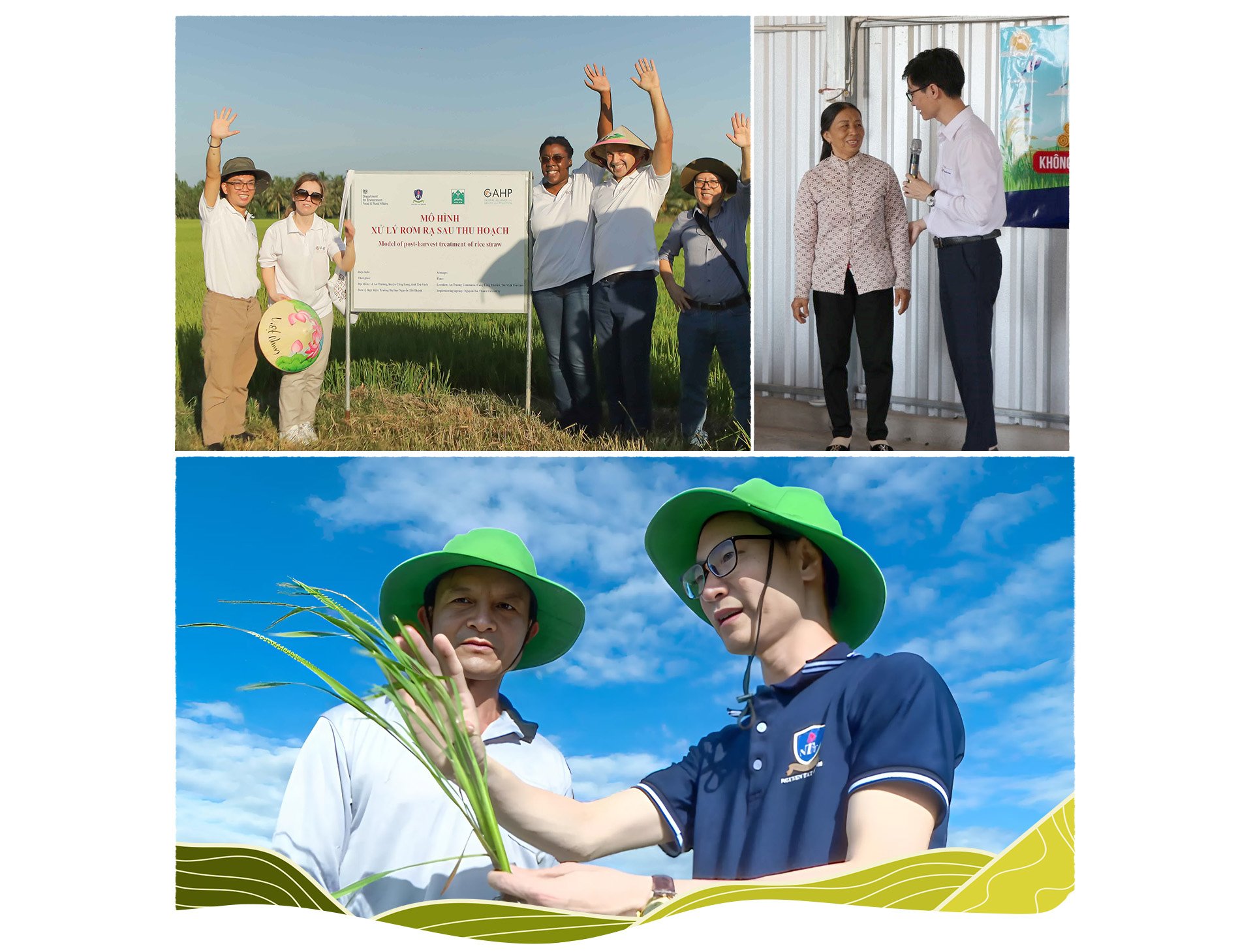
“In the summer-autumn crop in Tra Vinh, the profit from the model of using microbial products was more than 22 million VND, 4 million VND higher than the control field. In particular, using microorganisms to treat straw brings health benefits to farmers,” Mr. Phuc shared.
Reality shows that most farmers want to do green farming but are afraid of change, so the task of scientists like Mr. Phuc is to guide them so that farming practices are not changed too much.
To convince farmers, Mr. Phuc did not hesitate to go to each house, even to the rice fields to guide and advise them to stop burning rice fields, bringing health to the land and health to farmers because reducing straw burning also helps reduce respiratory diseases for farmers.
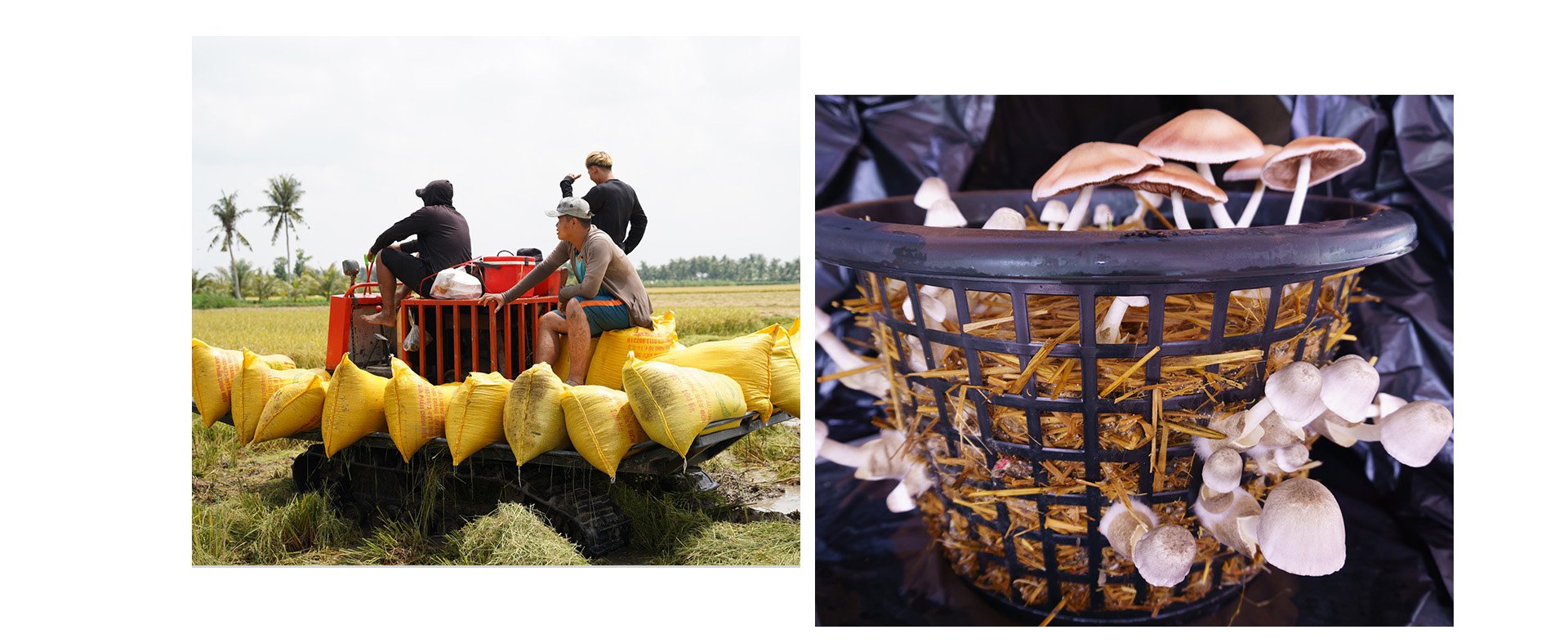
“There were cases where the research team had to go directly to the site to discuss and explain to the people. The research team had to spend a lot of time and effort to promote and explain about the project and biological products,” Mr. Phuc recalled the days when he and farmers in An Giang province applied the model.
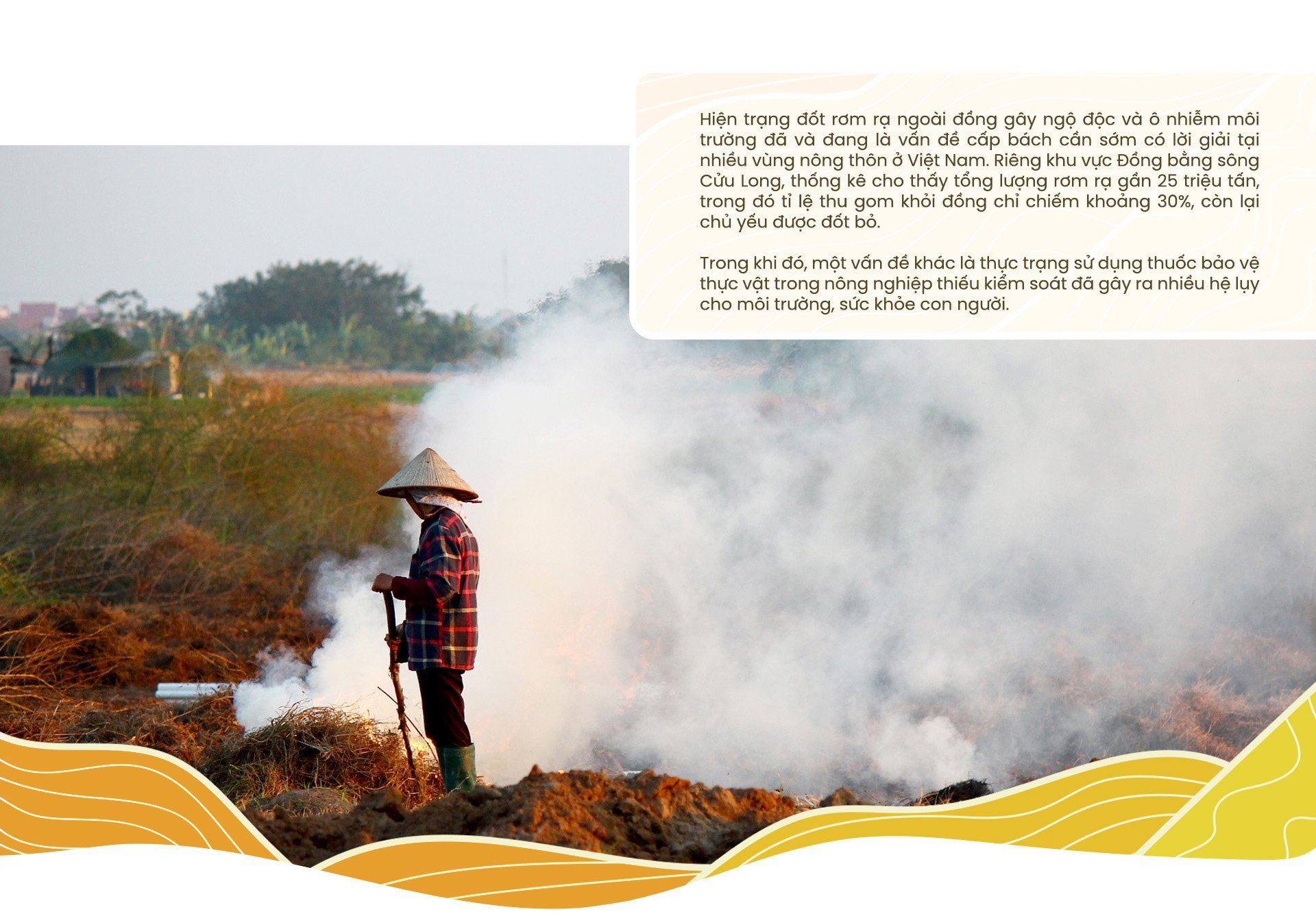
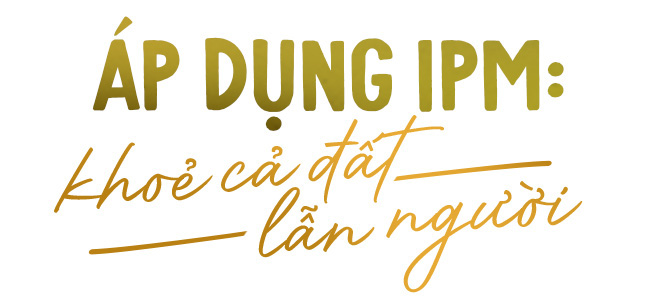
In Dak Nong, where people are cultivating more than 34,000 hectares of pepper and is the leading locality in the Central Highlands in terms of pepper acreage, within the scope of the project "Assessing the current status and proposing solutions to minimize the impact of agricultural chemicals and open burning of straw on climate change and biodiversity in Vietnam" , many farmers have known how to apply the Integrated Pest Management Program (IPM) in cultivation, gradually improving the quality of pepper to achieve organic certification, expanding the area of high-quality pepper, increasing competitiveness in the market.
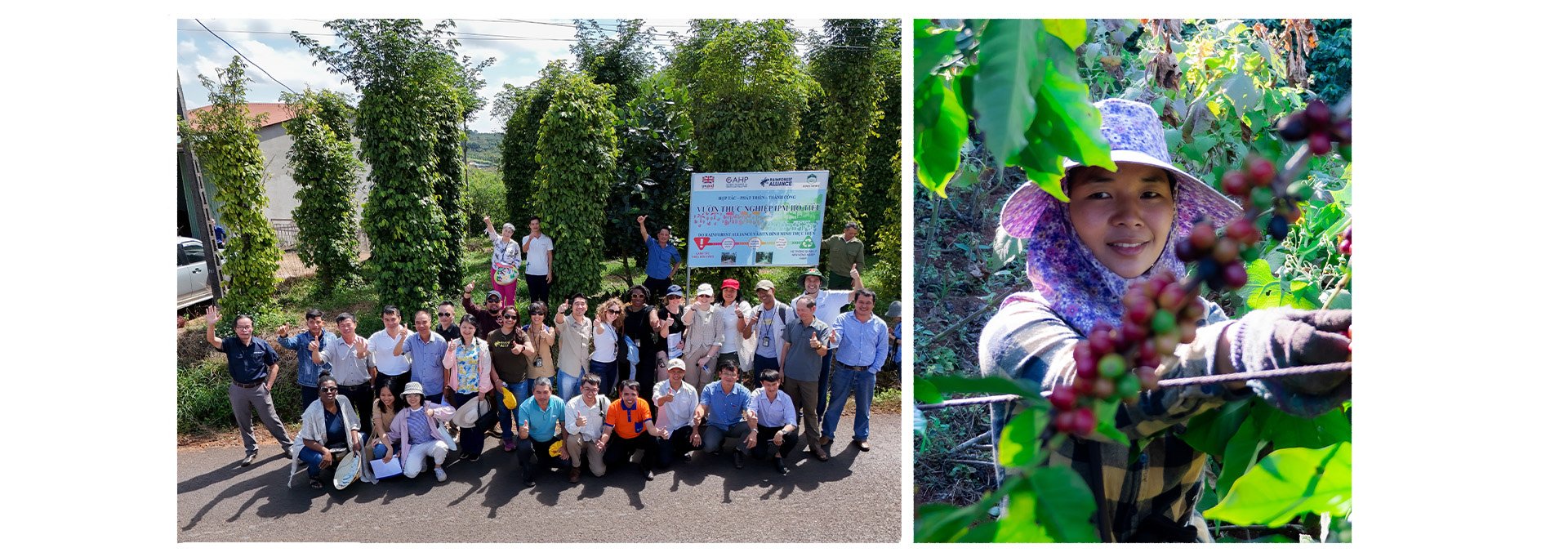
Mr. Luu Nhu Binh, director of Doan Ket Agricultural Service Cooperative, Nam Binh Commune, Dak Song District, Dak Nong Province, said that thanks to applying the IPM farming process in cooperation with the Rainforest Alliance (RA), crops are healthier, less diseased, and although the yield is not exceptionally high, it maintains its durability over many years.
Currently, the 65 cooperative member families hardly need to use chemical pesticides to prevent pests and diseases because they know how to apply organic and biological measures to prevent them from spreading widely.
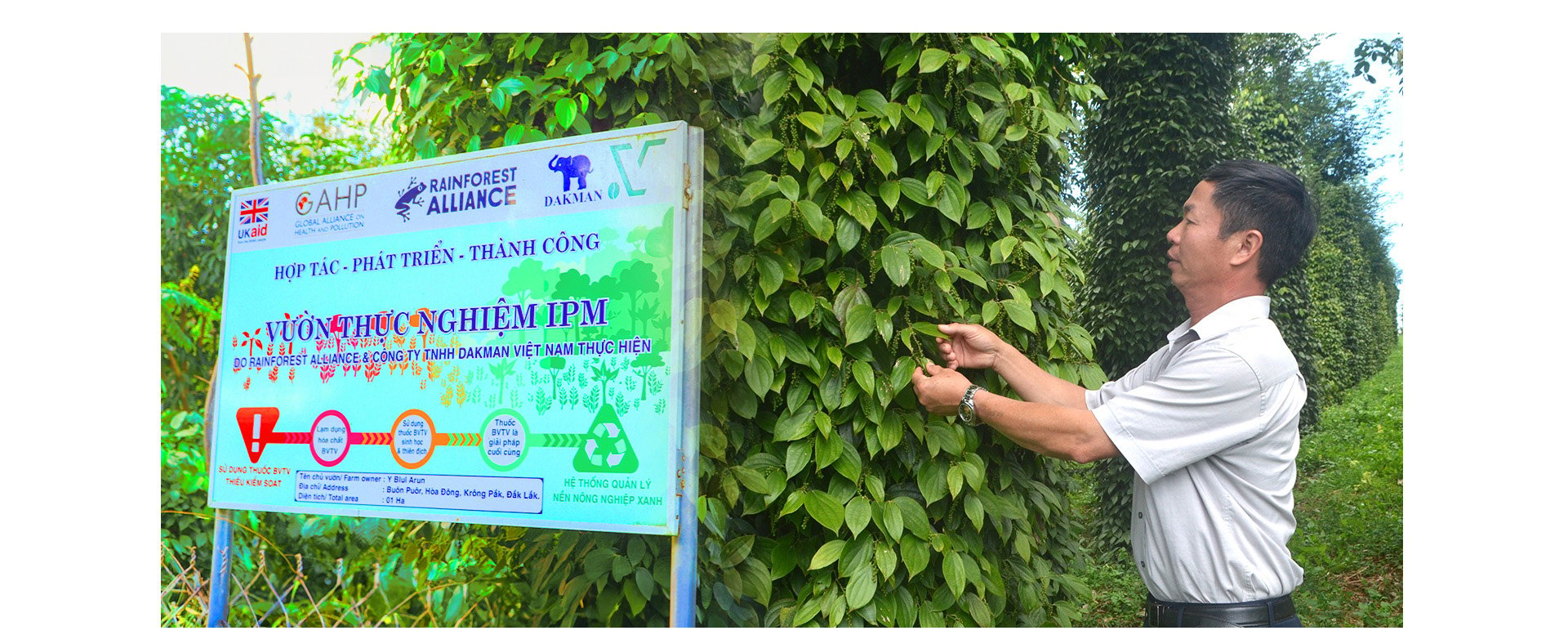
Production according to RA certified standards increases the value of agricultural products such as coffee and pepper, helping to improve the quality of agricultural products and bring better market prices than the average.
“For nearly 3 years now, my family has stopped using herbicides because we are aware of the harmful effects on the soil, water, and health of our family members,” said Nguyen Dinh Cong, a farmer in Dak Song district, Dak Nong province.
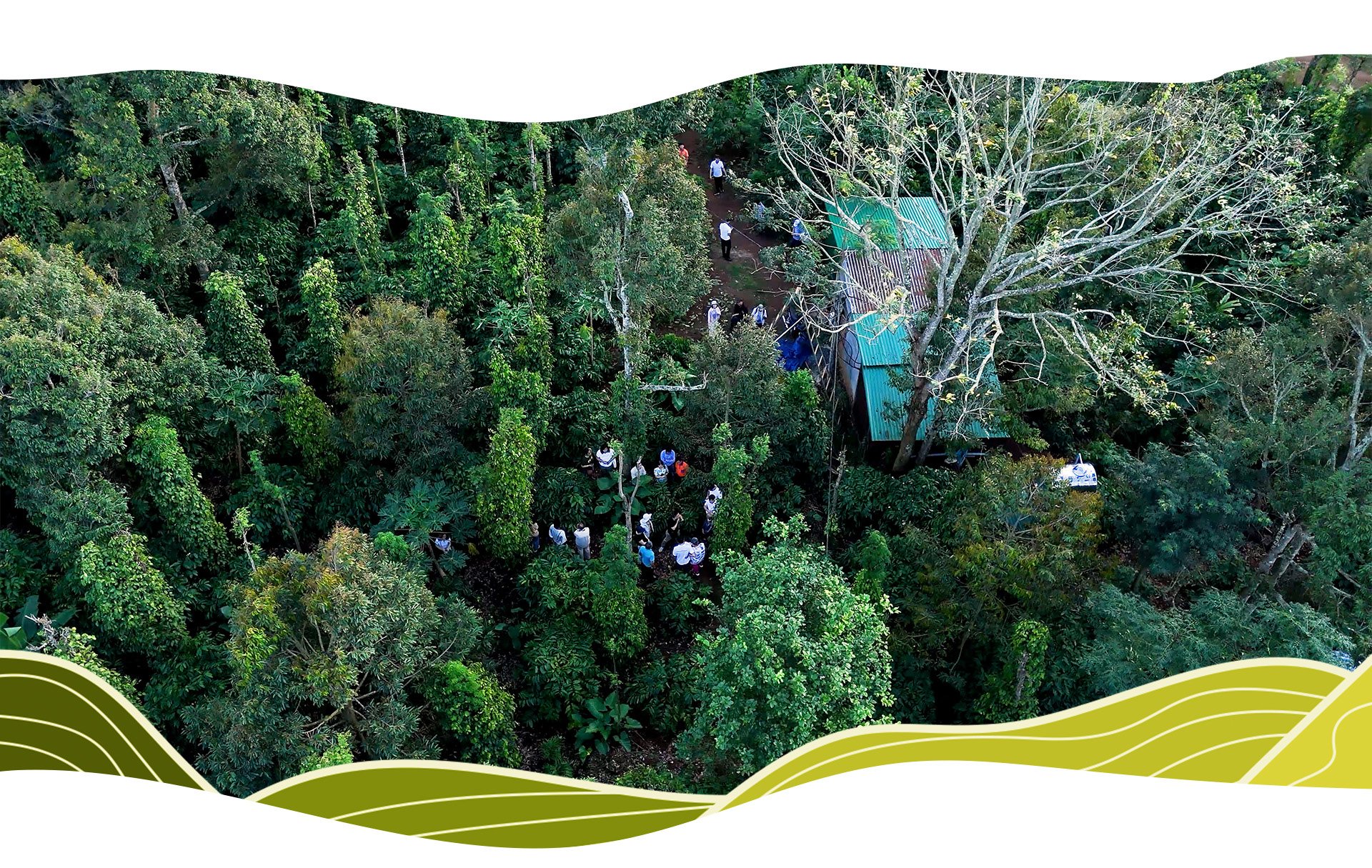
Satisfied with the project results, Mr. Nguyen Van Thiet, country director of Rainforest Alliance, shared that applying IPM farming techniques helps farmers improve their health, their community's health and the ecological environment.
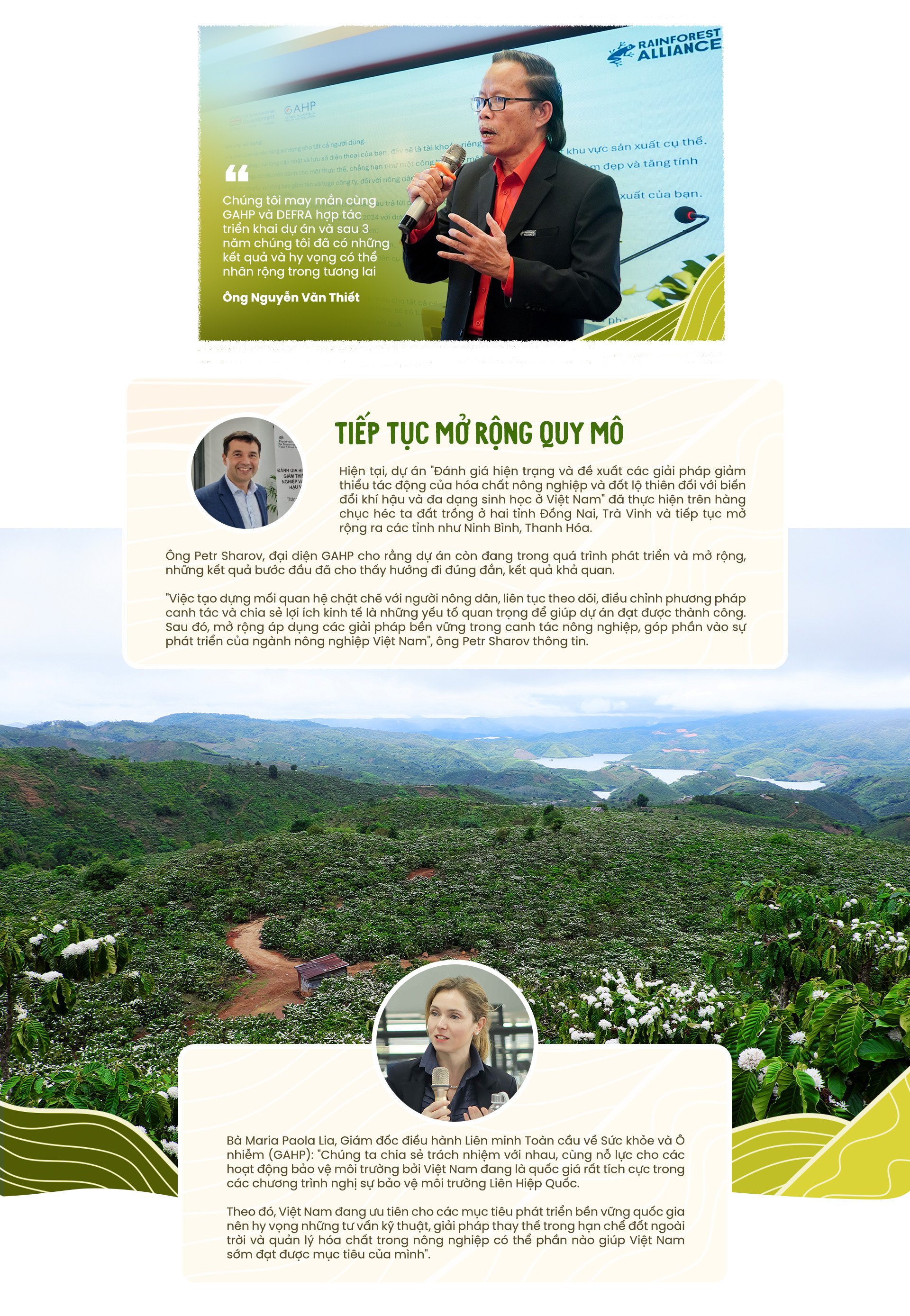
VAMINH – NHAT XUAN
12/9/2024




![[Photo] Prime Minister Pham Minh Chinh inspects the progress of the National Exhibition and Fair Center project](https://vphoto.vietnam.vn/thumb/1200x675/vietnam/resource/IMAGE/2025/5/19/35189ac8807140d897ad2b7d2583fbae)


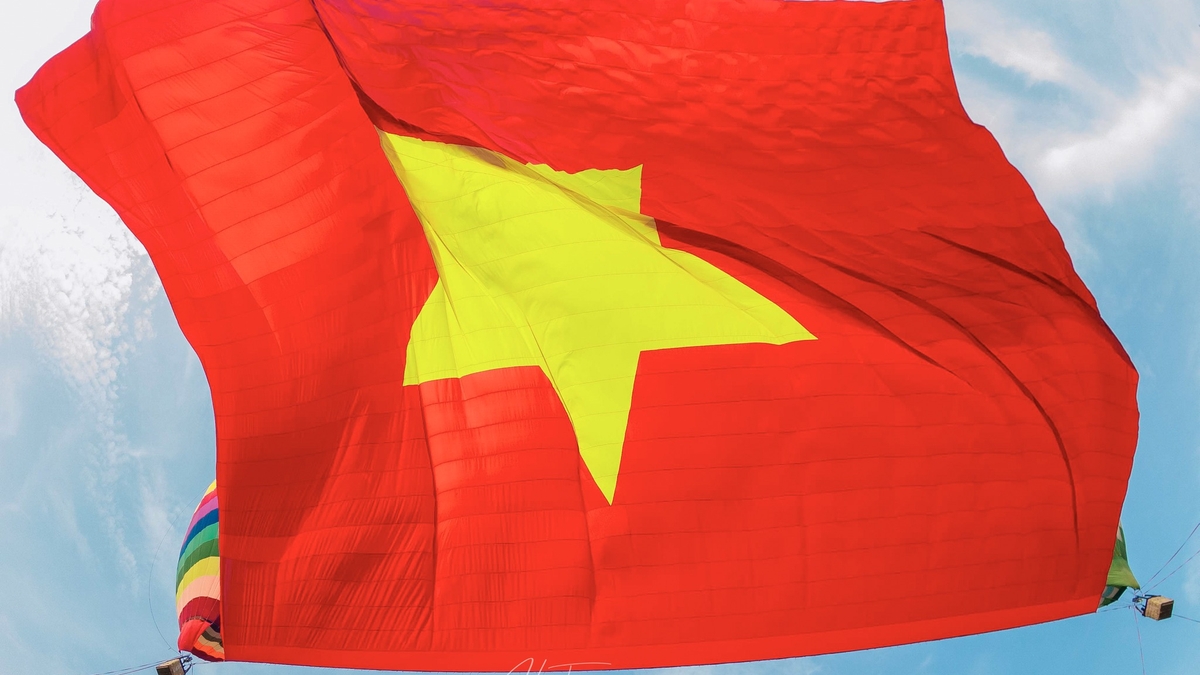
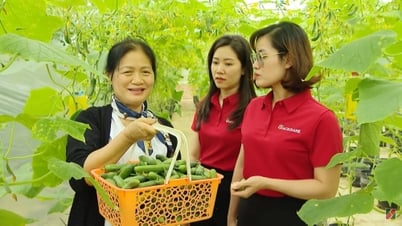










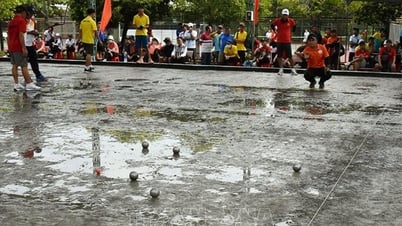
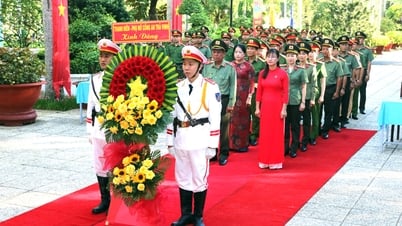
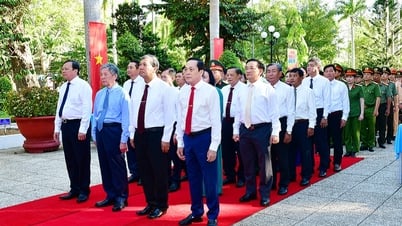

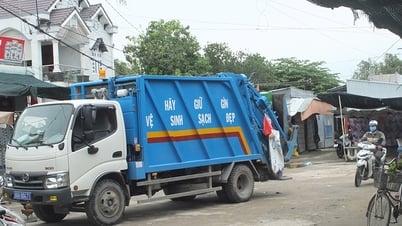





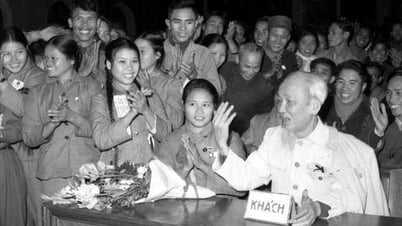




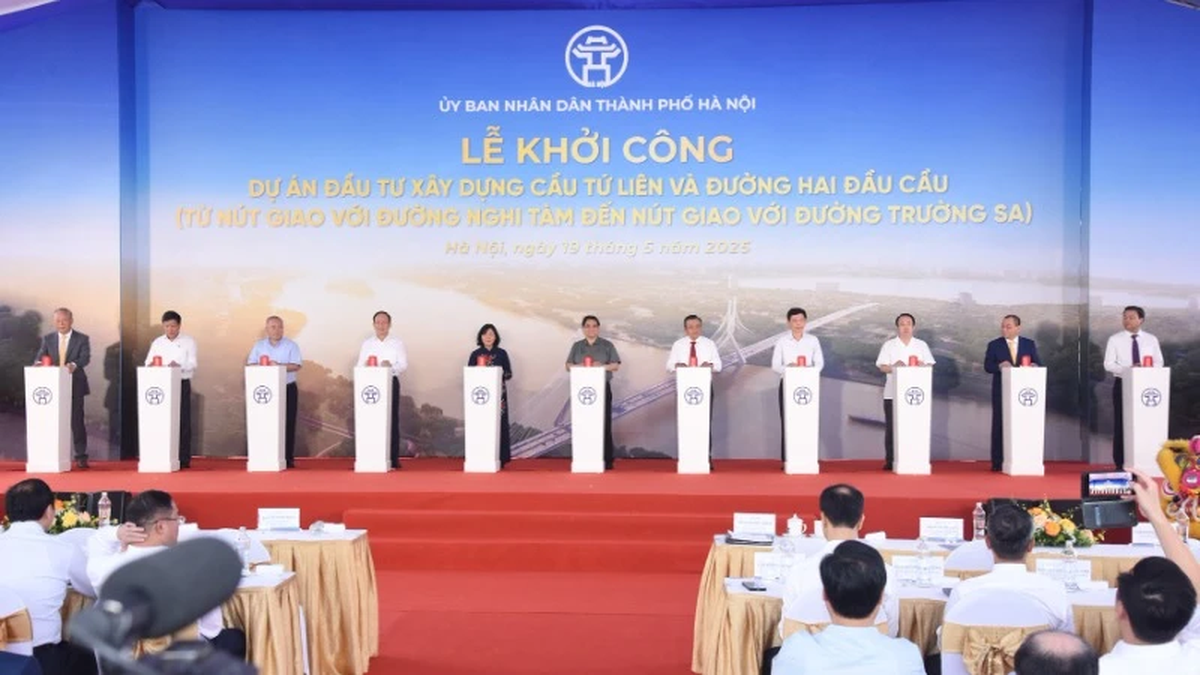







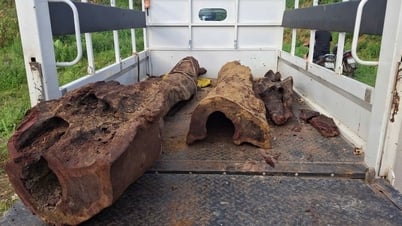

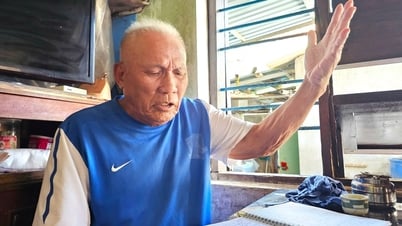



























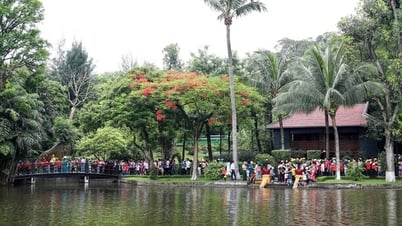

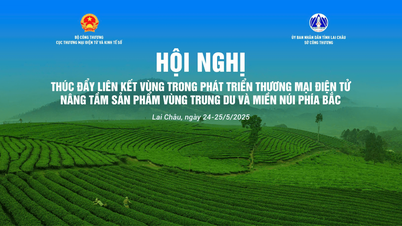

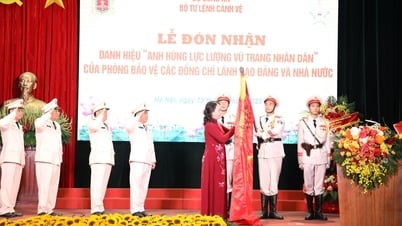


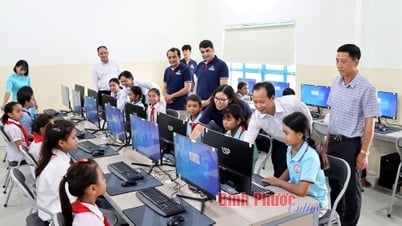

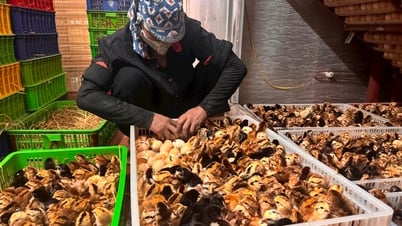

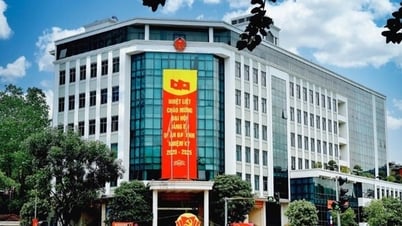
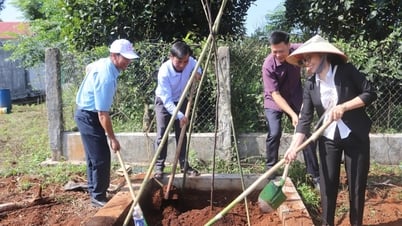

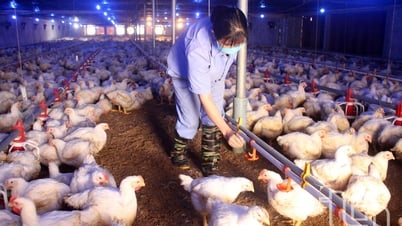





![[VIDEO] - Enhancing the value of Quang Nam OCOP products through trade connections](https://vphoto.vietnam.vn/thumb/402x226/vietnam/resource/IMAGE/2025/5/17/5be5b5fff1f14914986fad159097a677)






Comment (0)